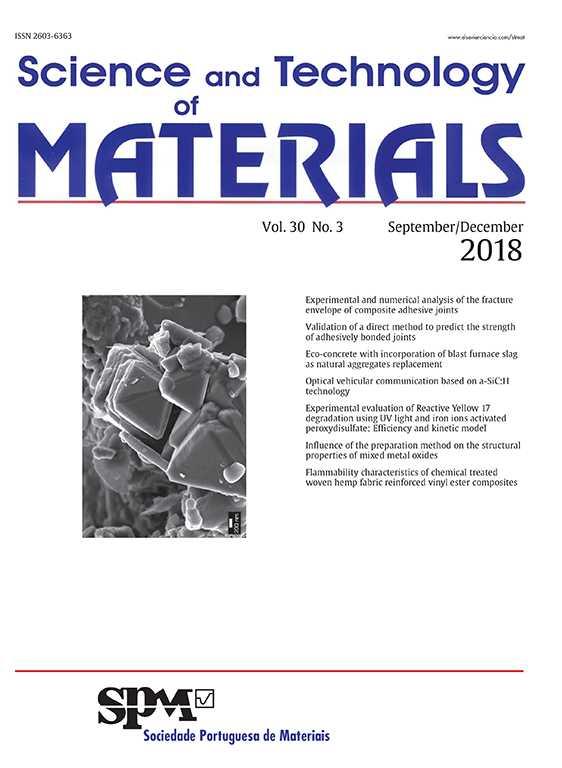Welding of niobium and tantalum materials is currently conducted in vacuum or inert gas chambers, which limits the size of the equipment to be produced. The objective of this study is to investigate the means to make TIG welding on these materials in atmospheric environment and analyse the effect of heat input on the properties of welds. It was found that it is possible to make TIG welds on these materials in atmospheric environment, provided that adequate protection is ensured on the face and root sides of welds. The increase of weld heat input coarsens the microstructure in melted and heat affected zones of both materials; increases also hardness in melted zones and tensile strength of welds, and there is not an obvious loss of ductility in heat affected zones.
SRJ is a prestige metric based on the idea that not all citations are the same. SJR uses a similar algorithm as the Google page rank; it provides a quantitative and qualitative measure of the journal's impact.
See moreSNIP measures contextual citation impact by wighting citations based on the total number of citations in a subject field.
See more



